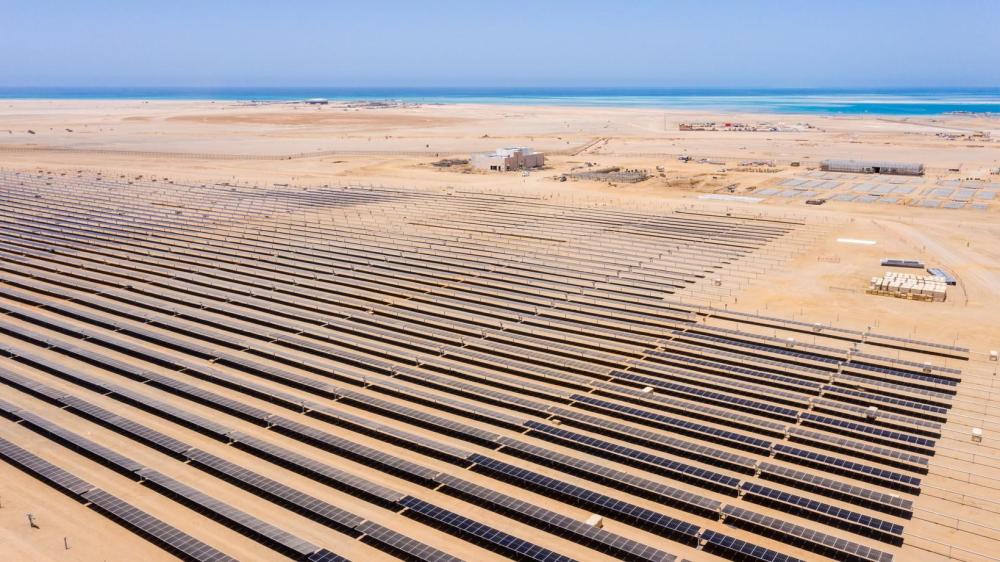
Grid-tied storage systems are designed to function in conjunction with the existing electricity grid. These systems use batteries to store energy generated from renewable sources, such as solar panels, for later use. During the day, excess energy produced is stored, and during periods of high demand or low generation, stored energy can be utilized. This arrangement allows consumers to benefit from net metering, where they may receive credits for the surplus energy sent back to the grid.
One of the primary advantages of a grid-tied storage system is cost-effectiveness. Users can rely on the grid as a backup power source, alleviating the need for an extensive battery system to cover all energy needs. Additionally, maintenance is often lower compared to off-grid systems due to reduced battery wear and fewer components. There’s also the financial incentive of utilizing net metering, where users can offset costs by selling excess power back to the grid.
However, grid-tied systems are not without their challenges. The dependence on the utility grid means that during power outages, households may still be left without electricity unless equipped with a backup generator. Furthermore, in areas where grid reliability is poor, relying on this system might not be the best choice. Users must also be aware of regulations and utility requirements concerning energy interconnection and net metering.
On the other hand, off-grid storage systems operate independently of the electricity grid. These setups rely entirely on renewable energy sources like solar or wind to generate power. Batteries play a crucial role, storing energy for use when generation is low or during nighttime. Off-grid systems cater to a more self-sufficient lifestyle and can be ideal for rural areas or locations where grid access is unreliable or nonexistent.
Off-grid storage offers unparalleled energy independence. Users can become less vulnerable to rising energy prices and fluctuations in the market. Additionally, they can reduce their carbon footprint significantly by harnessing renewable energy. By living off the grid, one can also find a sense of freedom and empowerment, knowing that they are less reliant on external energy sources for their daily needs.
Nonetheless, going off-grid comes with its own set of challenges. The initial investment can be substantial, as homeowners must purchase all necessary equipment, including solar panels, batteries, and charge controllers. Maintenance can also be more demanding, requiring a deeper understanding of the technology involved. Moreover, battery size and capacity must be carefully calculated to avoid energy shortages, particularly during prolonged periods of low generation.
Ultimately, the decision between grid-tied storage and off-grid storage hinges on individual needs, preferences, and geographical locations. Consideration of local electricity rates, availability of sunlight or wind, and lifestyle choices play a significant role in determining the best fit. Whether opting for the efficiency of grid-tied systems or the independence of off-grid solutions, both options present valuable contributions to sustainable living.
Next:Harnessing the Power of Off-Grid Photovoltaic Energy Storage Technology
Previous:What Does a Home Energy Management System Include